1. Click "View Details" on the top banner
2. Click "Try this Template" at the bottom of the transitioned screen
3. If you haven't registered with Yoom yet, please register
※ If you have already registered, the login screen will be displayed, so please log in.

When the Flowbot template is copied to "My Projects", the above display will appear.
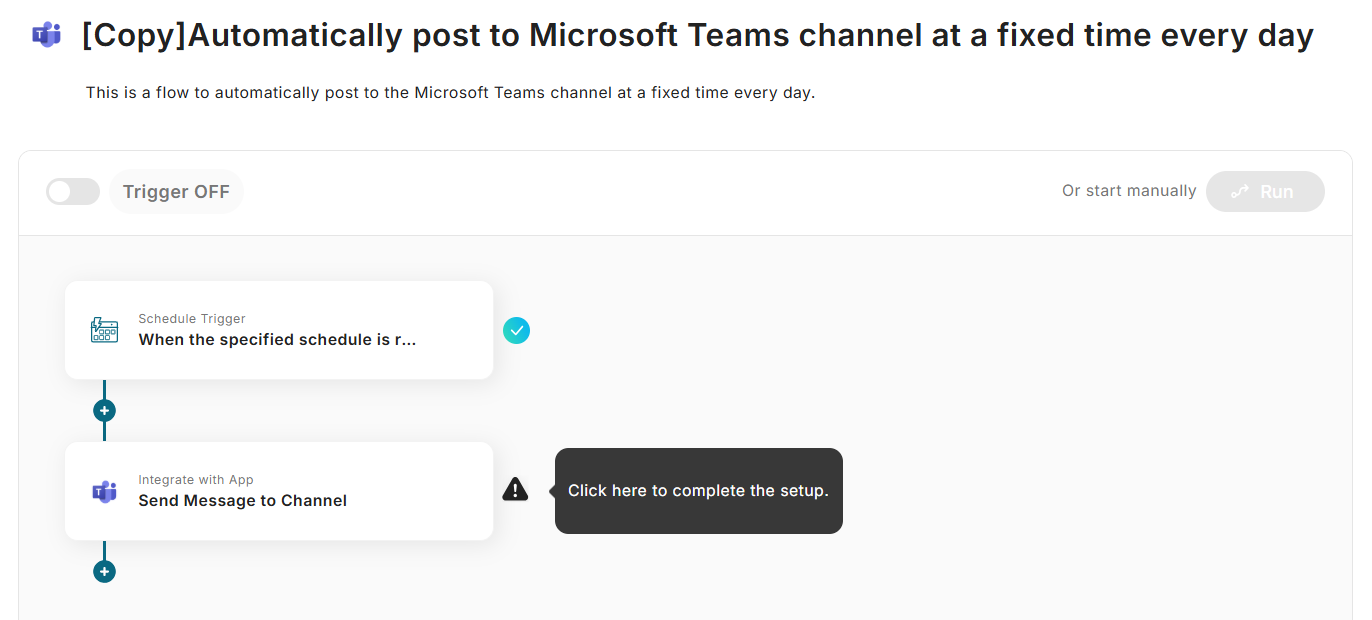
You will transition to a page like the image, so let's proceed with detailed settings.
Step 3: Setting to Activate the Schedule Trigger
1. Open My Projects
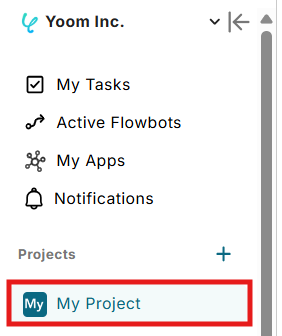
Open "My Projects" from the menu on the left side of the screen.
2. Open the Copied Template
Click "【Copy】Automatically Post to Microsoft Teams Channel at a Fixed Time Every Day".
3. Select App Trigger
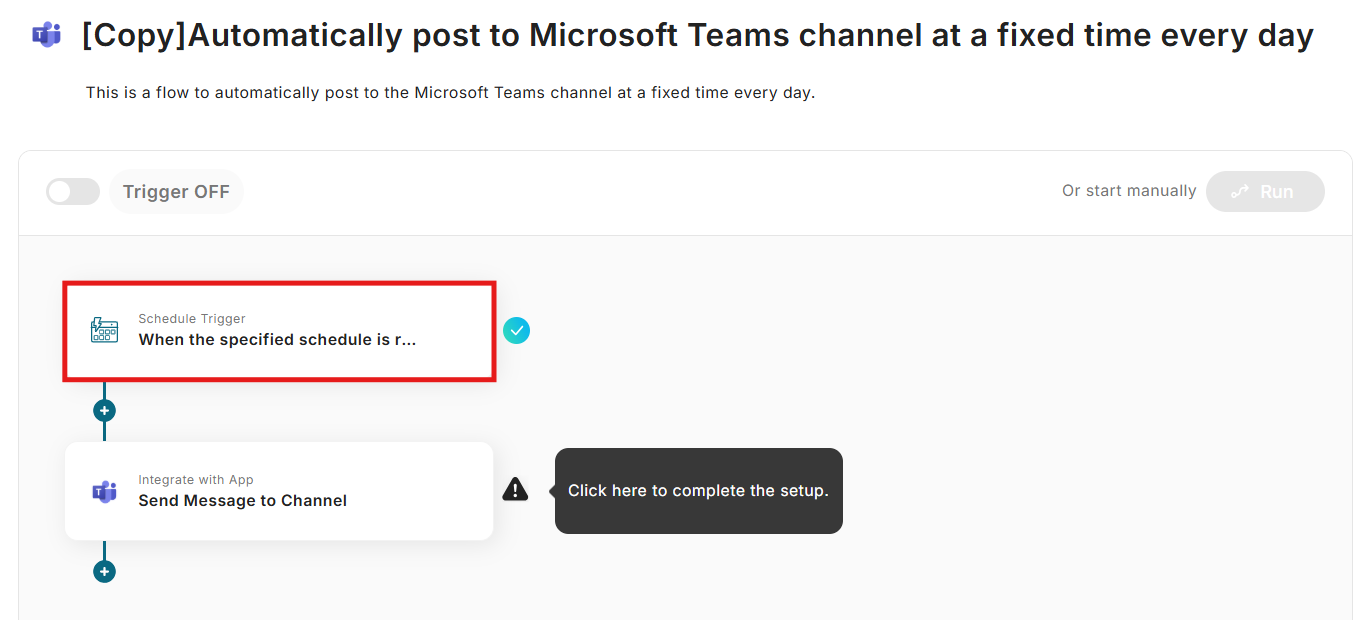
Click "When it becomes 10:00 every day".
The title and other settings are complete, so please scroll down.
4. Set the Trigger

Set the time to activate every day.
In the image, it is set to activate at 10:00 AM every day. If you have preferences, you can change it as desired, so please specify the time and date.
Once the settings are complete, press save.
Step 4: Setting to Send to a Specific Channel in Microsoft Teams
1. Integrate with the App
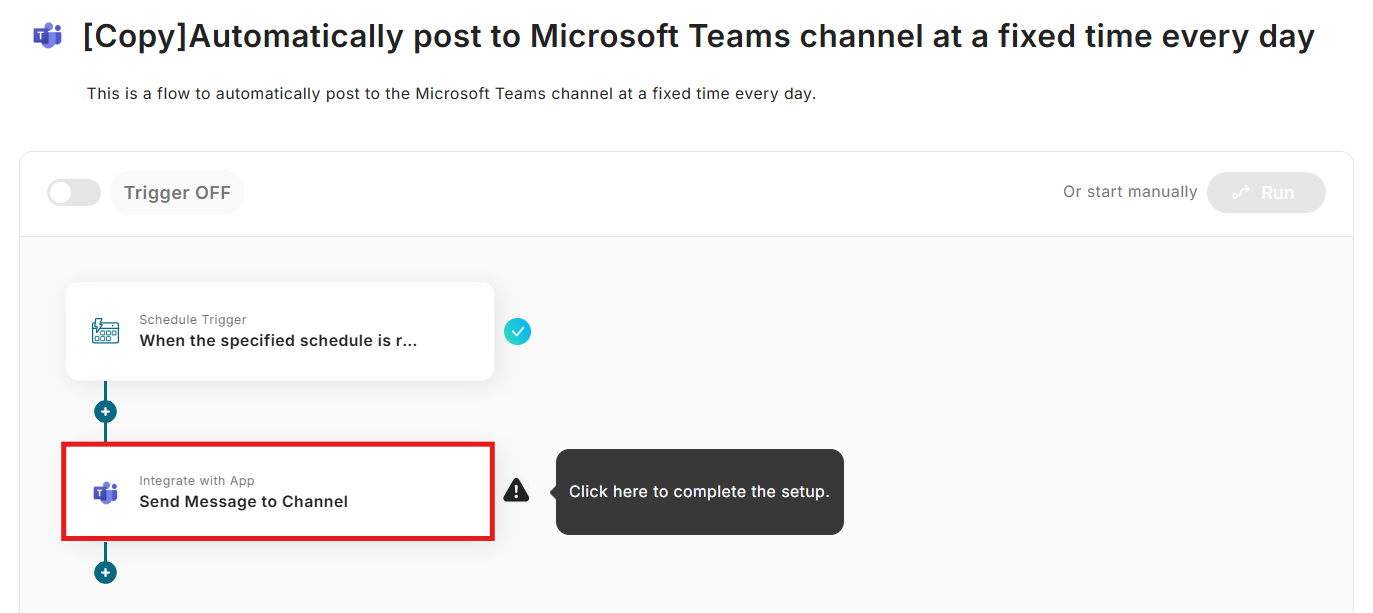
Select "Send a message to a channel" from the Microsoft Teams icon.
Press next.
2. Set the ID of the Posting Destination
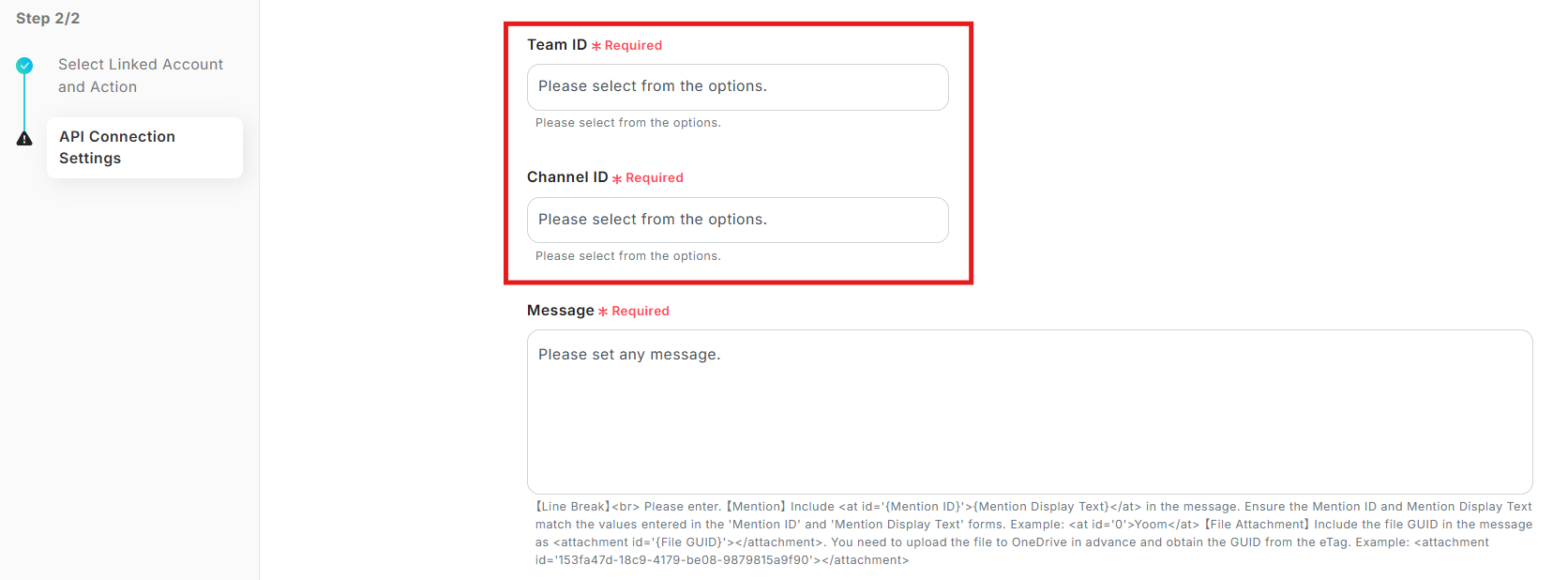
Set each ID. Click the box.
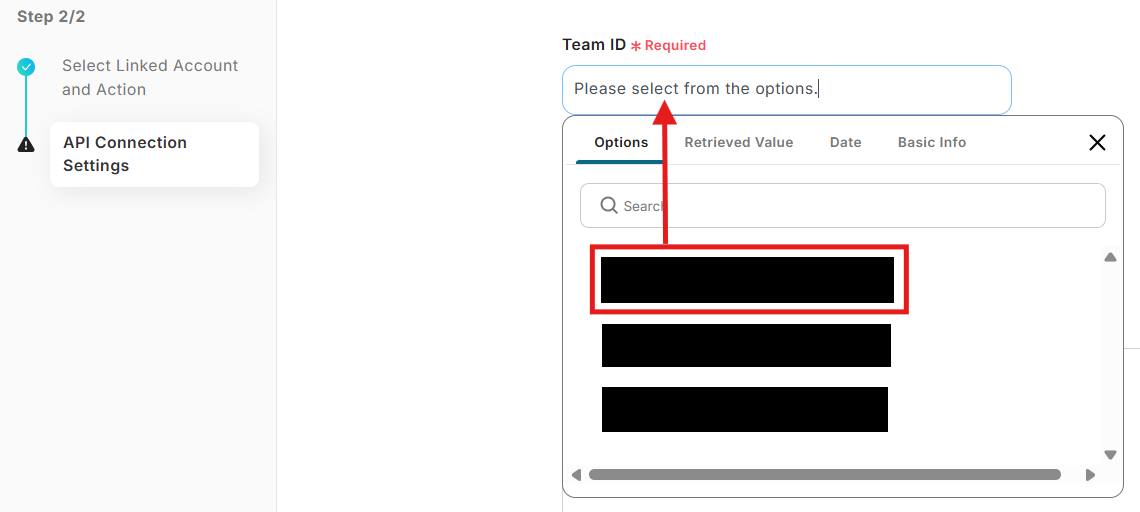
Select a channel from the list displayed.
You can also set the channel ID in the same way.
3. Create a Posting Message

Set the content to post to Microsoft Teams.
Create a message as desired.
Please note that for line breaks in Microsoft Teams, use the HTML tag <br>.
4. Execute the Test

Once the settings are complete, press the test button at the bottom.
If "Test Successful" is displayed in blue, the setup is complete. Press save.
5. Turn the Trigger ON

When the creation of the Flowbot is complete, the above display will appear. The trigger is initially set to OFF, so turn it ON.
Flowbot template used this time
Automatically Post to Microsoft Teams Channel at a Fixed Time Every Day














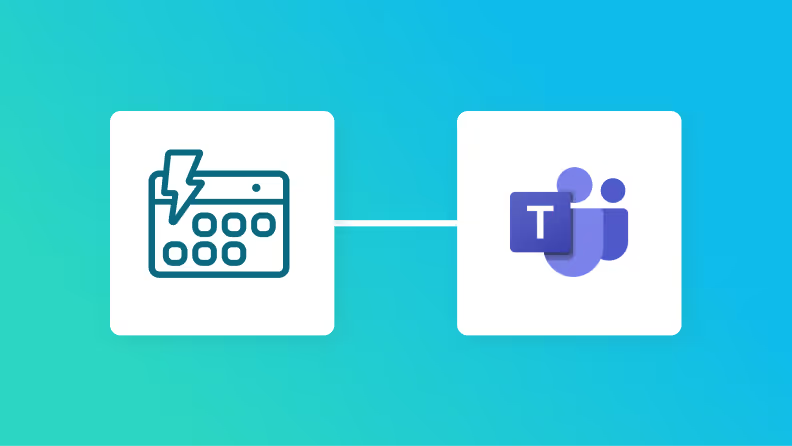







.avif)

.avif)
.avif)





